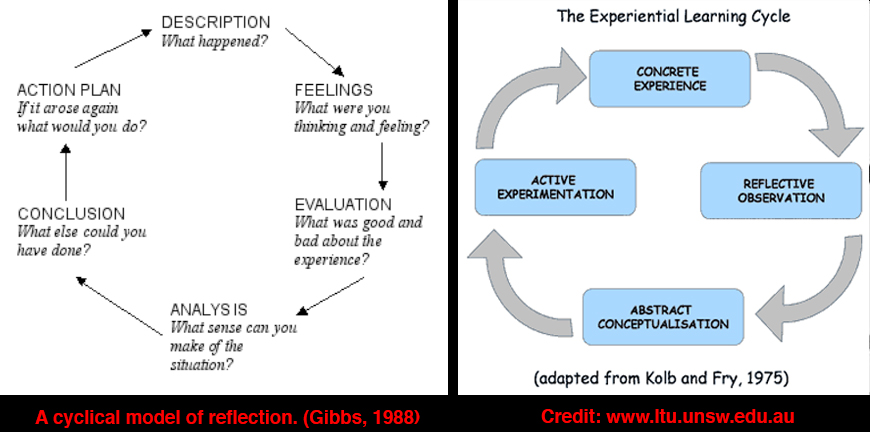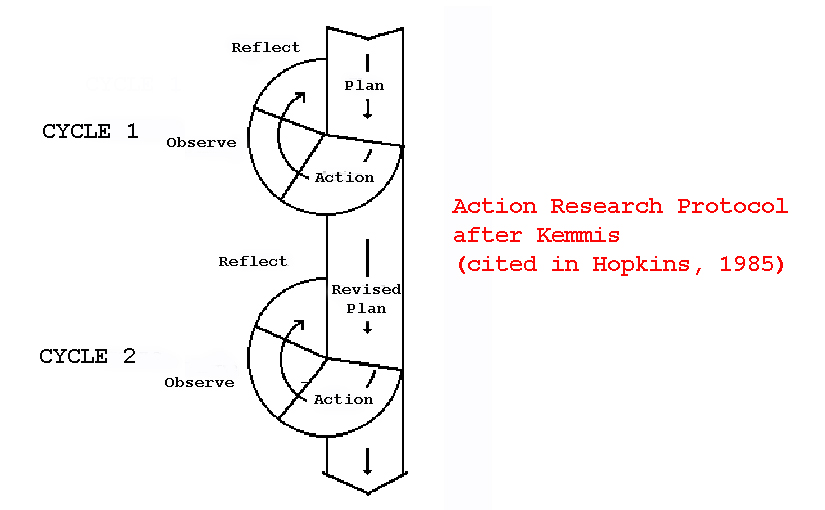The key to practitioner success is “developing one’s own continuing theory of practice under real-time conditions” (Argyris and Schon, 1974: 157).
This requires “the practitioner to be able to reflect on his or her own microtheories of action (that is, contextually specific ideas about what works in the real world) and to relate these microtheories to institutional norms and to client expectations’ (Brookfield, 1986: 245).
The process of reflection-in-action is essentially artistic, that is, the practitioner makes judgments and exercises skills for which no explicit rationale has been articulated but in which she nevertheless feels an intuitive sense of confidence’ (Brookfield, 1986: 247).
Brookfield, Stephen. Understanding and facilitating adult learning: A comprehensive analysis of principles and effective practices. McGraw-Hill Education (UK), 1986.



